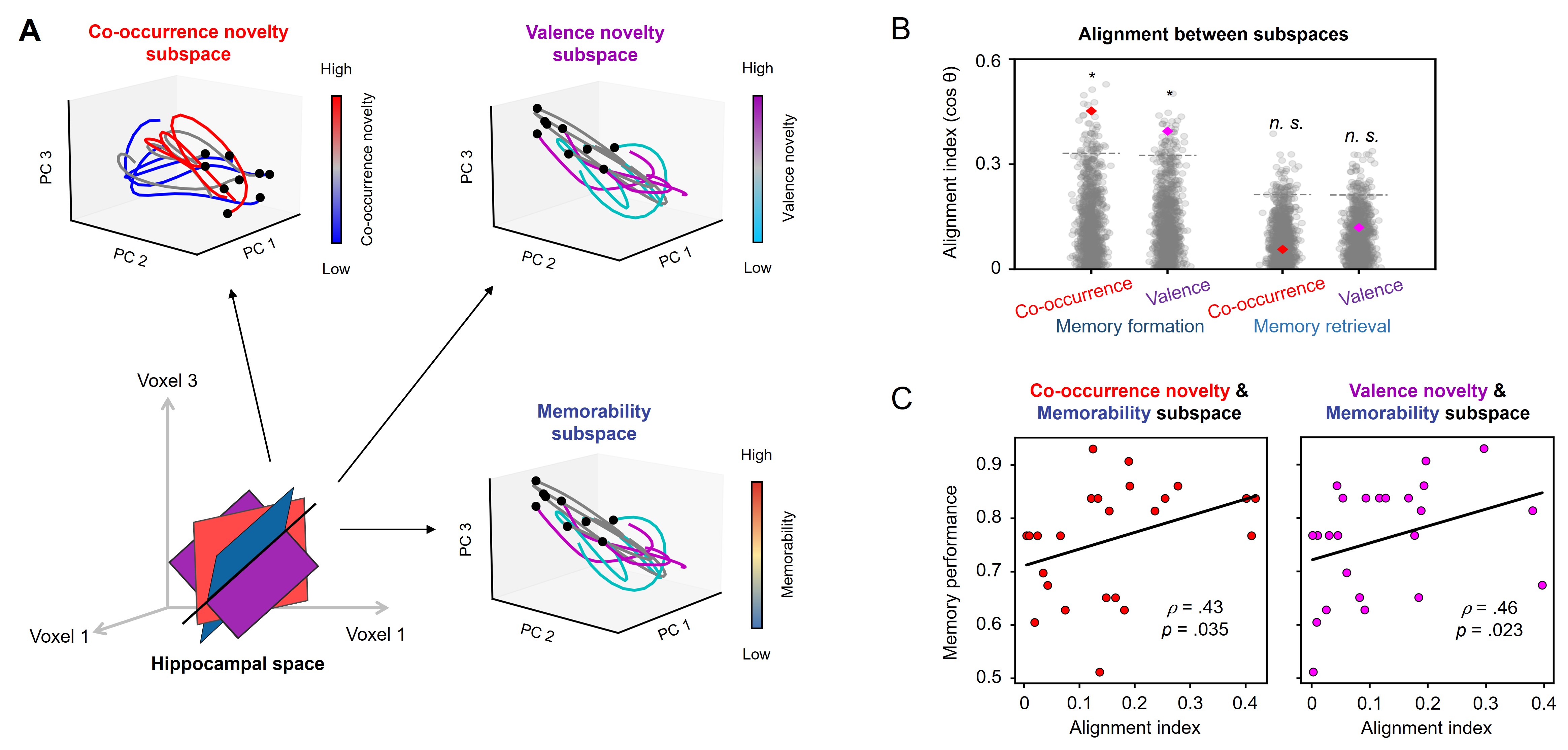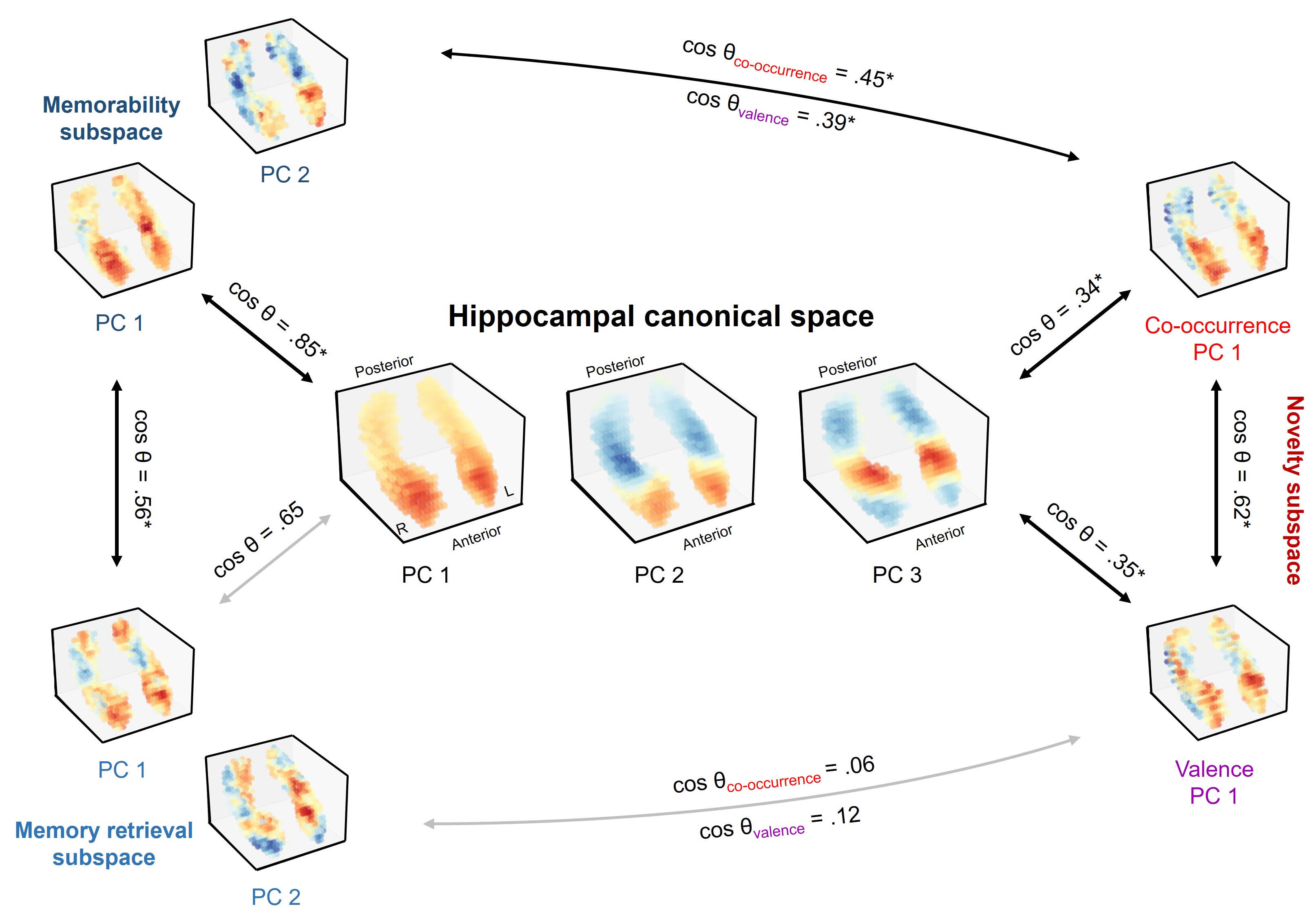| Title of announcement | How Does the Hippocampus Coordinate Memory Encoding and Retrieval? | ||||
|---|---|---|---|---|---|
| Business forms | Expiration date for bidding | ||||
| Department in charge | 전체관리자 | Registration Date | 2025-02-03 | Hits | 1343 |
| att. |
 뇌과학 이미징 연구단 영문 보도자료 (엠바고 없음).zip
뇌과학 이미징 연구단 영문 보도자료 (엠바고 없음).zip
|
||||
|
|
|||||
How Does the Hippocampus Coordinate Memory Encoding and Retrieval?- Uncovering the neural mechanisms of coordinating memory processes using functional Magnetic Resonance Imaging (fMRI) - A team of scientists from the Center for Neuroscience Imaging Research (CNIR) at the Institute for Basic Science (IBS) has unveiled how the hippocampus orchestrates multiple memory processes, including encoding new information, forming memories, and retrieving them. This study was led by SHIM Won Mok, associate professor of Biomedical Engineering at Sungkyunkwan University and YOO Michael Seng Bum, assistant professor of Biomedical Engineering at the same university. By applying advanced dimensionality reduction techniques to fMRI data, the researchers demonstrated the hippocampus’s critical role in coordinating these processes. The human brain processes and integrates diverse information simultaneously to form memories. For example, while watching a movie, the brain integrates multiple pieces of information, such as identifying the characters and understanding the evolution of their relationships, to later recall the storyline. Previous studies have mainly explored how the hippocampus supports individual memory processes - like recognizing new information, forming memories, and recalling them - but how the hippocampus coordinates these processes has remained unclear. To address this, the research team designed an experiment in which participants watched a movie and later recalled its content while undergoing fMRI scans. They analyzed two types of novelty in each movie scene. First, co-occurrence novelty measures how many new combinations of characters appear together in a scene. Meanwhile, valence novelty measures how the relationships between characters change in a scene. Additionally, they measured how well participants remembered the scenes (“memorability”). Interestingly, the study revealed that participants remembered scenes with lower novelty more accurately, shedding light on how novelty encoding interacts with memory formation. Furthermore, by analyzing how the hippocampus processed novelty and memorability during movie viewing, the team explored its role in coordinating these processes. The team hypothesized that the hippocampus coordinates these processes by aligning low-dimensional subspaces of neural activity, which represent different memory functions. Their results showed:
This study is significant because it combined fMRI and electrophysiological methods to reveal how the hippocampus coordinates memory processes. Unlike previous research that focused on the hippocampus’s role in individual memory processes, this study highlights how the hippocampus integrates multiple processes by analyzing the geometric characteristics of neural activity patterns. These findings not only deepen our understanding of memory encoding and retrieval but also provide insights into the hippocampus’s role as a coordinator and its interaction with the neocortex. KWON Dasom, the first author of the study, stated, “This work expands our understanding of memory by uncovering the hippocampus's coordinating role and the neural dynamics supporting it.” YOO Michael Seng Bum, co-lead author, added, “This research demonstrates the hippocampus’s role in coordinating multiple cognitive processes, beyond its role in individual processes.” SHIM Won Mok, another co-lead author, described the research as “an innovative exploration of how the hippocampus coordinates memory formation and retrieval through brain activation patterns during naturalistic experiences.”
Notes for editors
- References
- Media Contact
- About the Institute for Basic Science (IBS)
|
|||||
 Figure 1. Alignment between hippocampal subspaces for memory processes
Figure 1. Alignment between hippocampal subspaces for memory processes  Figure 2. Comparison between canonical components and functional subspaces of the hippocampus
Figure 2. Comparison between canonical components and functional subspaces of the hippocampus